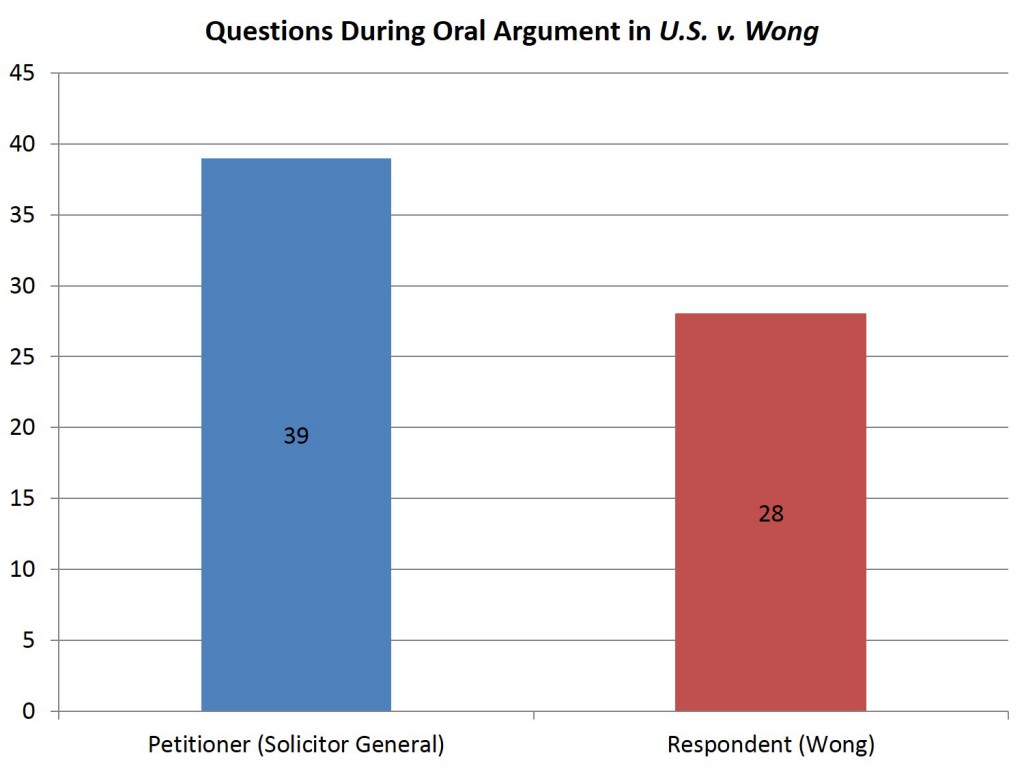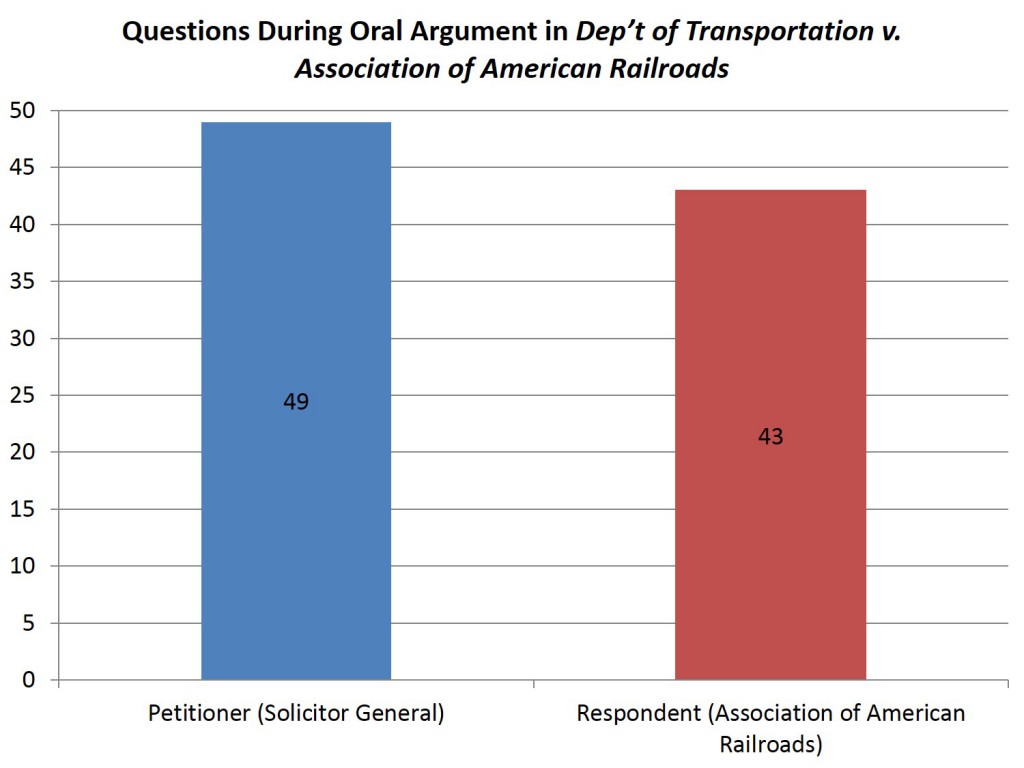The Warren Court was good at making enemies.
We know about the segregationist backlash against Brown v. Board of Education. The Court’s school prayer decisions met with denunciations and widespread defiance. Familiar too is the conservative attack on the Warren Court’s criminal justice decisions. In 1968 presidential candidates Richard Nixon and George Wallace ran “law and order” campaigns in which they condemned the Supreme Court for being soft on criminals; the same year Congress passed a crime bill intended to overturn Miranda.
But by some measures the most impressive backlash against the Warren Court was one that is far less familiar: the effort to reverse the Supreme Court’s 1964 reapportionment decisions. This backlash campaign came remarkably close to securing the support of enough state legislatures to trigger a constitutional convention that would be charged with amending the Constitution to overturn the most far-reaching of the Court’s reapportionment rulings.
The fascinating story of the reapportionment decisions, including the backlash campaign against them, can be found in J. Douglas Smith’s compelling new book, On Democracy’s Doorstep: The Inside Story of How the Supreme Court Brought ‘One Person, One Vote’ to the United States.
Before 1964, state legislatures had largely free rein when it came to redistricting. Court-based challenges to malapportioned voting districts went exactly nowhere. “Courts ought not to enter this political thicket,” warned Justice Frankfurter in Colegrove v. Green (1946). Around the nation, states refused to revise district lines in response to demographic changes, resulting in voters in growing urban populations holding much less voting power than rural voters. The rural interests that historically controlled state legislatures had little interest in remedying a situation that served them well. The problem festered, year after year, decade after decade.
Then the Warren Court stepped in. The justices first jettisoned Court precedent that had held reapportionment questions beyond the reach of the federal courts. This was the Baker v. Carr (1962) decision, holding that individual voters could raise a challenge to malapportionment under the Fourteenth Amendment. Two years later, the justices forged a novel legal standard—“one person, one vote”—under which anything short of a near parity of populations between voting districts was deemed to violate the equal protection clause of the Fourteenth Amendment. In astoundingly short order, the Court overturned the voting arrangements of practically every state in the union.
At the time, the reapportionment decisions were widely seen to be as significant and as controversial as any of the Warren Court’s constitutional bombshells. Chief Justice Earl Warren himself identified them as the most important decisions of his tenure, ranking ahead of even Brown. The reapportionment decisions drew scathing criticism from prominent voices in the legal academy and they sparked a nationwide opposition movement.
One of the most striking facts about the reapportionment backlash was that the leader of the campaign to overturn the reapportionment decisions was none other than Everett Dirksen of Illinois, the Republican U.S Senator who played a central role in steering to passage the Civil Rights Act of 1964. Dirksen allied himself with what the Wall Street Journal described as “an almost implausible coalition of Republican, Southern Democrats and a sprinkling of liberal Democrats from the hinterlands of states as California, Pennsylvania, and Ohio.” The movement gained influential support from business interests, who feared the gains labor would make if urban areas had more voting power.
Initial effort to directly challenge the Court’s authority to deal with reapportionment failed—in no small part because the Court’s decisions proved overwhelmingly popular in public opinion polls and because they had the support of big-city mayors. Opponents responded with a more targeted attack. They focused their energies on the Court’s opinion in Lucas v. Colorado, which held that, regardless of the wishes of the residents of a state, both houses of state bicameral legislatures had to equalize voting districts. States were thus denied the option of following the federal congressional model of having one house based on criteria other than population. Lucas v. Colorado was particularly strong medicine because it struck down a districting arrangement that had been approved just two years earlier in a state-wide referendum.
Opponents proposed a constitutional amendment that would allow states to apportion one house of bicameral legislatures “on factors other than population,” as long as the plan was approved by a popular referendum. They pursued a two-pronged strategy, one in Congress and one in state legislatures. They assumed that if enough states supported a call for a constitutional convention, Congress would be forced to act. This was how the 17th Amendment, which provided for direct election of U.S. senators, came to be in 1913: when the states neared the two-thirds required to call a constitutional convention, Congress took the initiative and passed the Amendment, preempting the uncertain and unprecedented possibility of a convention.
In the end, Dirksen and other reapportionment opponents came up short on both Article V amendment fronts. Congress never passed the proposed amendment, and the required two-thirds (thirty-four) of the states never approved a call for a constitutional convention. But they came close. By 1967, thirty two states had adopted a resolution calling for a constitutional convention, and in two additional states (Alaska and Iowa) the lower house of the legislature had approved the resolution and all that remained was a state senate vote. This was as close as the anti-reapportionment amendment movement got to its goal, however.
Various factors worked against the anti-reapportionment crowd. The most significant of these was the fact that many states were falling into line with the one-person, one-vote requirement. Once they did so, those in power, the victors under the new arrangements, had no interest in going back to the old system. Furthermore, it was quickly becoming apparent that reapportionment had unexpected beneficiaries. Advocates of reapportionment had believed that the resulting shift of power to the cities would benefit liberal Democrats. Yet the voters who ultimately gained the most from reapportionment resided in the growing suburbs, where Republicans were gaining strength. This development further undermined the already fragile backlash coalition. Civil rights also worked against reapportionment opponents. In the wake of the Civil Rights Act of 1964 and Voting Rights Act of 1965, defenders of reapportionment argued that turning back on reapportionment would undermine hard-won civil rights achievements. This argument contributed to the defeat of the anti-reapportionment campaign.
Thus, one of the most formidable of backlash movements against a Supreme Court decision was not only defeated, but in short order it was largely forgotten. A new status quo became entrenched, and power shifted from rural to urban America. State legislatures that had previously ignored demographic shifts now took advantage of every new census to gerrymander their voting districts in ways that best served their party’s interests. Although the new system brought with it a new collection of problems, no one is looking for solutions in this brief, passionate, and now pretty much forgotten effort to change the Constitution.






